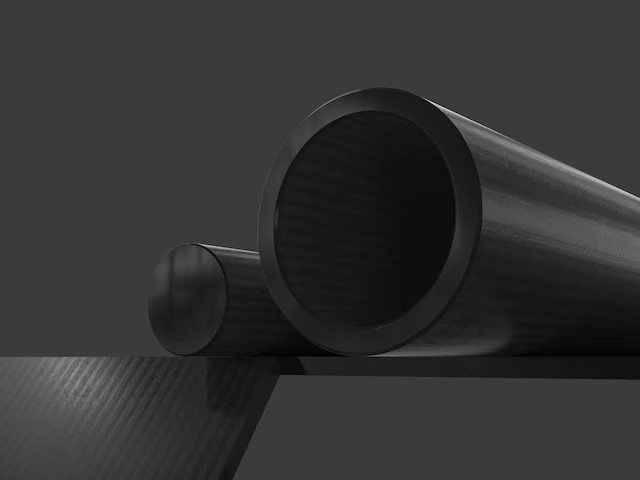
Polyether ether ketone (PEEK) is a thermoplastic aromatic ketone polymer featuring one ketone group and two ether linkages in its main chain. It is considered a high-performance specialty polymer.
PEEK offers a high melting point (Tm = 343°C), excellent mechanical properties, and resistance to chemical corrosion, making it ideal for use as a high-temperature structural material and an electrical insulating material. It can be reinforced with glass fiber or carbon fiber composites to enhance its strength.
PEEK is typically used in applications requiring long-term performance below 260°C, and its primary processing methods include extrusion and injection molding. With advancements in prepreg and molding technologies, newer methods such as compression molding and filament winding are now being adopted. However, the high forming temperatures required remain one of the major technical challenges in production.
This material is already widely used in aerospace, medical devices, and industrial applications.
As a structural component with a ring-like rotating geometry, the forming process for thermoplastic composite PEEK sheaths primarily relies on filament winding.
Due to PEEK’s high melting point (typically over 350°C), an external heat source is required during winding to quickly melt the material. For this, high-power and highly focused heating sources are necessary. Currently, laser heating and direct hot air heating are most commonly used in engineering.
However, hot air heating struggles to provide the required instantaneous power and precise control. Additionally, excessive heat can cause shaft deformation or demagnetization of permanent magnets. With rapid reductions in the cost of laser systems, laser heating is becoming the preferred method, and hot air heating is now rarely used.
High heat resistance: PEEK sheaths can maintain performance under high temperatures.
High pre-tension retention: When wound directly onto a rotor, the fiber band quickly melts under laser heating, and rapidly crystallizes and solidifies upon contact with the rotor surface.
This process ensures that the pre-tension is effectively retained within the rotor, enhancing rotor reliability.
Relatively high production cost makes it difficult to adopt in mid-to-low-end motors.
PEEK sheaths shine particularly in wound sheath applications. However, for press-fit sheaths, the primary source of tightness comes from interference assembly stress. With the rapid development of epoxy resin systems in recent years, heat resistance levels have reached around 250°C, narrowing the performance gap with thermoplastic composites. As a result, the heat-resistance advantage of thermoplastic PEEK materials in press-fit applications has largely diminished.